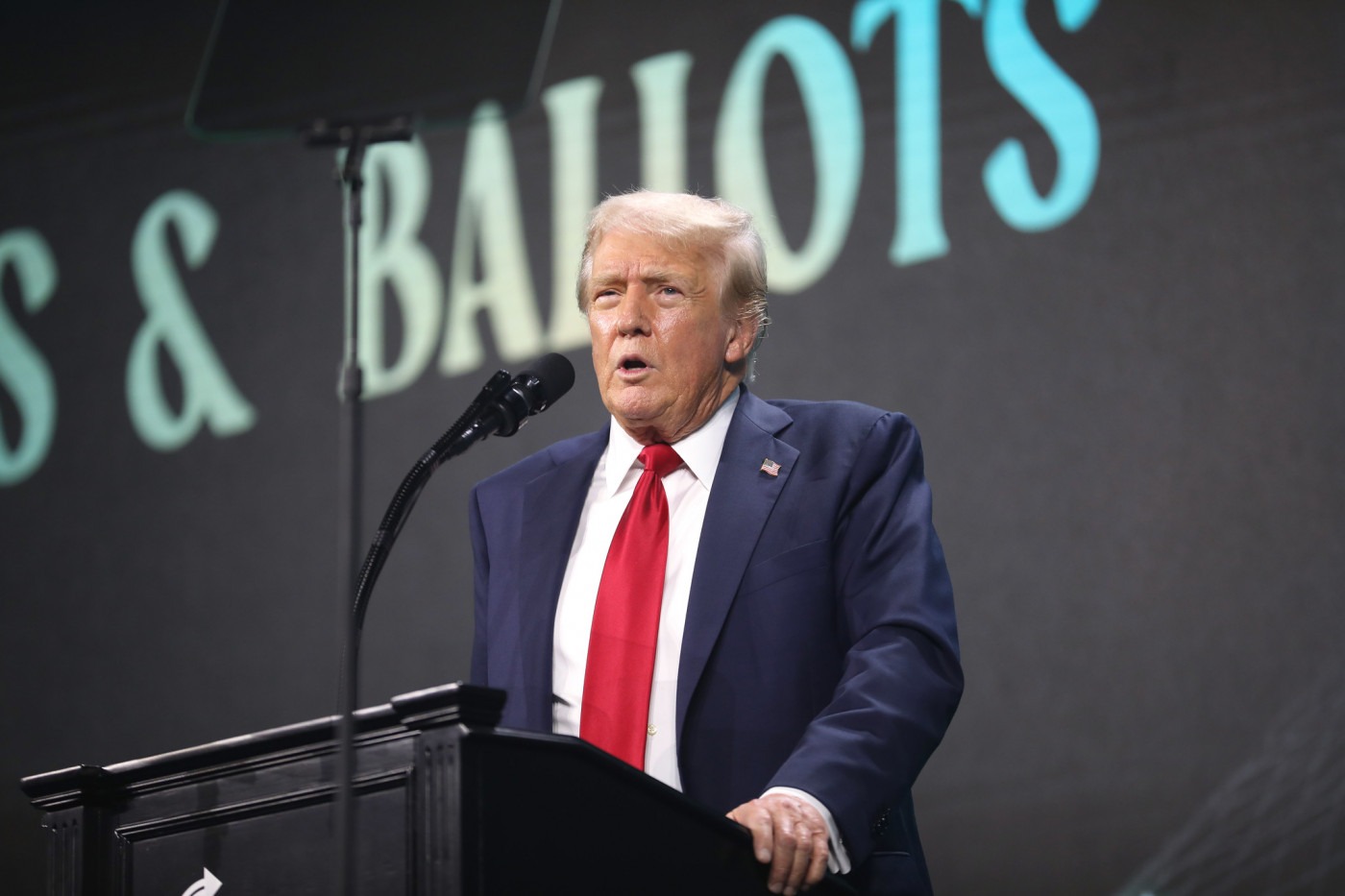What would a second Trump economy look like?
With election day arriving and millions of Americans casting votes for their preferred candidate, many of them will be contemplating the consequences of their choices. Some of the issues most pressing in so many minds will be surrounding the future of the American economy. Recent years have been turbulent, to say the least, with inflation surging as high as 9% under the Biden Administration.
As such, many Americans are placing their trust in Donald Trump, hoping that he can be the man to get the economy chugging again. With lofty promises of massively reducing inflation, balancing the budget, and bringing back manufacturing jobs to America, all while eliminating income tax, it’s clear why his supporters are convinced.
However, a group of 23 Nobel-winning economists are more sceptical. Presenting a much bleaker view of Trump’s vision, they describe Trump’s economic plan as “counterproductive” and Kamala Harris’ policies as “vastly superior”. Firstly, Trump plans to finance his tax policies through blanket 10-20% tariffs on all imports, alongside tariffs of up to 100% on Chinese goods. By taxing foreign goods entering America, Trump argues that his policies can be financed without cost to American taxpayers, all while encouraging the domestic production of goods.
Naturally, this comes with significant drawbacks; increasing the price of foreign goods will increase inflation. There are questions as to whether higher tariffs will even restore manufacturing jobs. Given the relatively high wages American workers receive, tariffs may not be sufficient to cause any significant resurgence. Especially considering Trump’s proposed “mass deportations” of illegal immigrants and limits to future immigration, it’s difficult to see how domestic companies can even hire enough people willing to work on sufficiently low wages. Overall, Trump’s promises to return the manufacturing industry back to America are simply impossible without causing a dramatic spike in prices.
While it’s still unknown what precisely a second Trump economy will look like, […] its relatively negative implications for the US economy are clear
Next, his plans to balance the budget are not credible. His tariffs will raise nowhere near enough money to finance government spending. Not to mention his plans to spend huge amounts on building the border wall, hiring border patrol agents, and strengthening the military, amongst other national security policies. Of these, an estimated $88-$315 billion a year might need to be spent to fund mass deportations, and $2.5 trillion alone could be spent on his proposed ‘Iron Dome’ missile defense system.
However, the fact that many of his policies seem impossible to reasonably implement makes it unlikely that moderate Republicans will support them. We’ve seen it before, when Trump-supporting Republicans propose legislation that is too extreme, such as the healthcare plans proposed in his first term. It seems that Trump may have to compromise with his party, just as he did in 2016. We can reasonably assume that there will be tax cuts and an increase in tariffs, but it would require a huge Trump victory in the election for him to enact his full vision.
So, while it’s still unknown what precisely a second Trump economy will look like, especially with his vague messaging and lack of precise plans, its relatively negative implications for the US economy are clear. Even if some of his more radical policies are unlikely to be passed, his presidency still threatens much of the work the Biden administration has done to keep GDP growth stable and reduce inflation over the last two years.

Comments